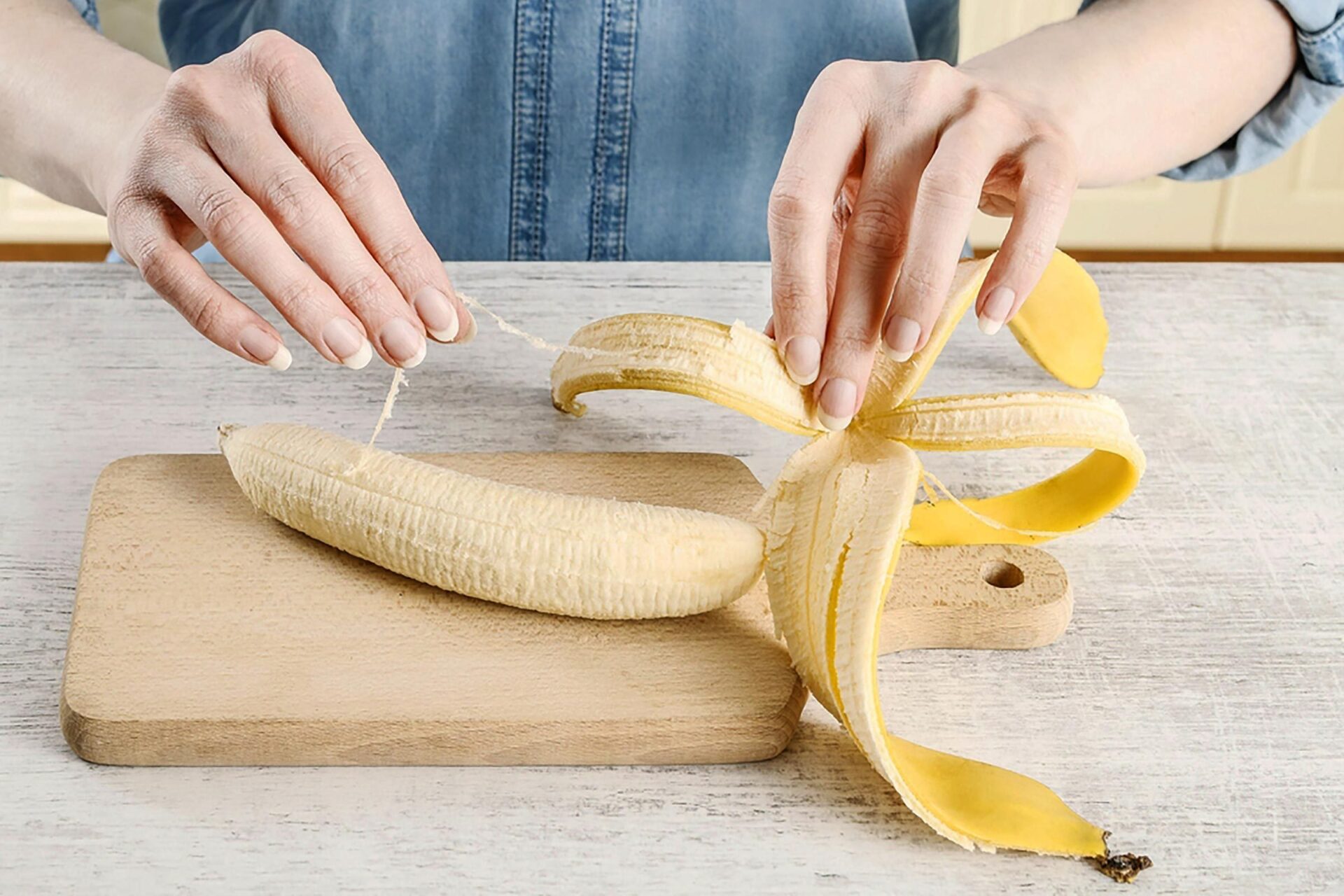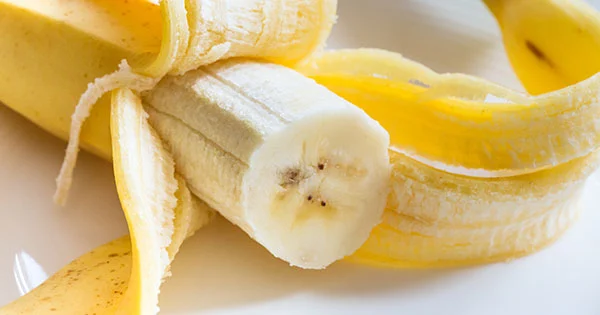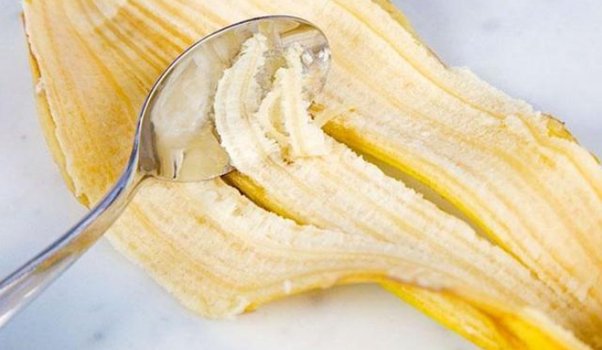
The Purpose Of Phloem Bundles
The Purpose of Phloem Bundles
The stringy parts of a banana, also known as phloem bundles, are vascular tissues that transport nutrients throughout the plant. Phloem tissue primarily carries sugars, amino acids, and other organic compounds from the leaves to other parts of the banana plant, including the fruit. These strings act as conduits for distributing essential nutrients during the fruit’s development.
Texture and Taste
The presence of phloem bundles in bananas can contribute to the fruit’s texture. Some individuals find the strings slightly fibrous or chewy, which can vary depending on the banana variety and ripeness. As for taste, the strings are not typically bitter or unpleasant. However, their texture may differ from the soft, creamy consistency of the banana pulp.

Texture And Taste
Edibility and Safety
The stringy parts of bananas are safe to eat and pose no harm to human health. While some people prefer to remove the strings before consuming the fruit, they are entirely edible and do not present any health risks. However, individuals with sensitive teeth or gums may find the texture of the strings less desirable.
Culinary Uses
Banana strings can be used in various culinary applications. Some recipes incorporate mashed or pureed bananas, which naturally incorporate the strings. In baking, the strings tend to dissolve or soften during the cooking process, resulting in a smooth texture. However, if desired, you can strain mashed bananas or use a ripe banana variety with fewer visible strings for recipes that require a smoother texture.

Culinary Uses
Nutritional Value
While the stringy parts of bananas do not provide significant nutritional value, the banana fruit itself is highly nutritious. Bananas are a good source of dietary fiber, potassium, vitamin C, and vitamin B6. The fruit is also low in calories and contains antioxidants that contribute to overall health and well-being.
Personal Preference
Whether to consume the stringy parts of a banana ultimately comes down to personal preference. If you find the texture or appearance of the strings undesirable, you can gently remove them before eating. Alternatively, embrace the natural characteristics of the fruit and enjoy the entire banana, including the strings, for a more authentic experience.








